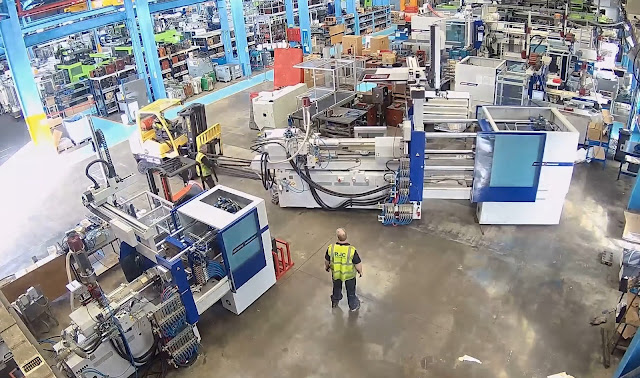What Role Does Mould Design Play in the Success of an Injection Moulding Project?
What Role Does Mould Design Play in the Success of an Injection Moulding Project?
Introduction:
Injection moulding is a widely utilized manufacturing process for the production of plastic components, and its success hinges significantly on the intricacies of mould design. In this blog, we delve into the pivotal role mould design plays in the triumph of an injection moulding project, exploring the nuances that contribute to seamless production processes.
The Foundation of Successful Moulding: Mould Design Explained
Mould design serves as the backbone of any injection moulding project, influencing every stage from conception to production. The precision and efficacy of the mould design directly impact the final product's quality, cost-effectiveness, and overall efficiency.
1. Precision in Plastics Design:
Plastic design, a crucial aspect of mould design, involves creating moulds that precisely define the shape and features of the final product. Each intricacy in the design must be meticulously planned to ensure the mould's accuracy, a factor that is paramount in achieving high-quality plastic components.
2. Material Selection and Plastic Design:
The choice of materials is integral to both the plastic design and the overall success of an injection moulding project. Moulds must be designed to accommodate the specific characteristics of the chosen materials, considering factors such as temperature resistance, flow properties, and durability. This ensures optimal performance and longevity of the mould throughout the production process.
3. Efficiency and Cost-Effectiveness:
A well-thought-out mould design contributes to the efficiency of the injection moulding process. By minimizing waste, reducing cycle times, and enhancing repeatability, a meticulously designed mould can significantly improve the overall cost-effectiveness of the project.
4. Complexity and Innovation in Mould Design:
Innovations in plastic design and mould creation allow for the production of increasingly complex and intricate components. Advanced mould design technologies empower manufacturers to explore new possibilities in product development, pushing the boundaries of what is achievable in the realm of injection moulding.
The Role of Technology:
In the contemporary landscape, technology plays a pivotal role in mould design. Computer-aided design (CAD) software enables designers to create intricate and precise moulds, ensuring that every detail of the product is captured in the design phase. This not only enhances accuracy but also expedites the overall manufacturing process.
Case Study: Rutland Plastics' Approach to Mould Design
Plastic design is at the core of Rutland Plastics' success in the injection moulding industry. The company's commitment to innovative mould design has positioned it as a leader in providing high-quality plastic components to various industries. By leveraging cutting-edge technologies and a team of experienced designers, Rutland Plastics exemplifies how meticulous mould design contributes to project success.
Conclusion:
In summary, the success of an injection moulding project is intricately linked to the precision, innovation, and efficiency of mould design. From shaping the final product to optimizing production costs, every aspect of the mould design process plays a crucial role. By recognizing the significance of plastic design and incorporating advanced technologies, manufacturers can ensure the success and longevity of their injection moulding projects.

.jpg)

Comments
Post a Comment